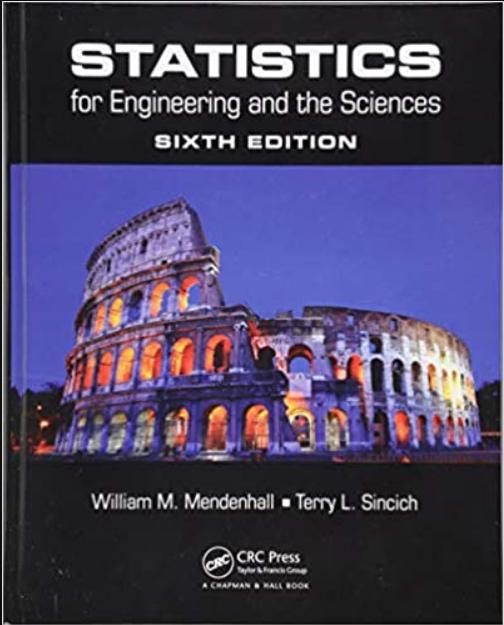Refer to the Journal of Colloid and Interface Science (Aug. 1995) study of the factors that influence
Question:
Refer to the Journal of Colloid and Interface Science (Aug. 1995) study of the factors that influence the voltage level (y) required to separate water from oil, Exercise 11.27.
a. Consider using only volume (x1) and salinity (x2) to predict y. Write the equation of an interaction model for E(y).
b. Fit the interaction model, part a. Give the least-squares prediction equation.
c. Conduct a test (at α = .10) to determine whether volume and salinity interact to affect voltage level.
d. Give the estimated change in voltage (y) for every 1% increase in volume (x1) when salinity is set at x2 = 4%.
Data from Exercise 11.27
Refer to the Heat Transfer Engineering (Vol. 34, 2013) study of bubble behavior in subcooled flow boiling, Exercise 11.6. Recall that bubble density (liters per meters squared) was modeled as a function of mass flux (kilograms per meters squared per second) and heat flux (megawatts per meters squared).
Data from Exercise 11.6
In industry cooling applications (e.g., cooling of nuclear reactors), a process called subcooled flow boiling is often employed. Subcooled flow boiling is susceptible to small bubbles which occur near the heated surface. The characteristics of these bubbles were investigated in Heat Transfer Engineering (Vol. 34, 2013). A series of experiments was conducted to measure two important bubble behaviors— bubble diameter (millimeters) and bubble density (liters per meters squared). The mass flux (kilograms per meters squared per second) and heat flux (megawatts per meters squared) were varied for each experiment.

Step by Step Answer:

Statistics For Engineering And The Sciences
ISBN: 9781498728850
6th Edition
Authors: William M. Mendenhall, Terry L. Sincich





